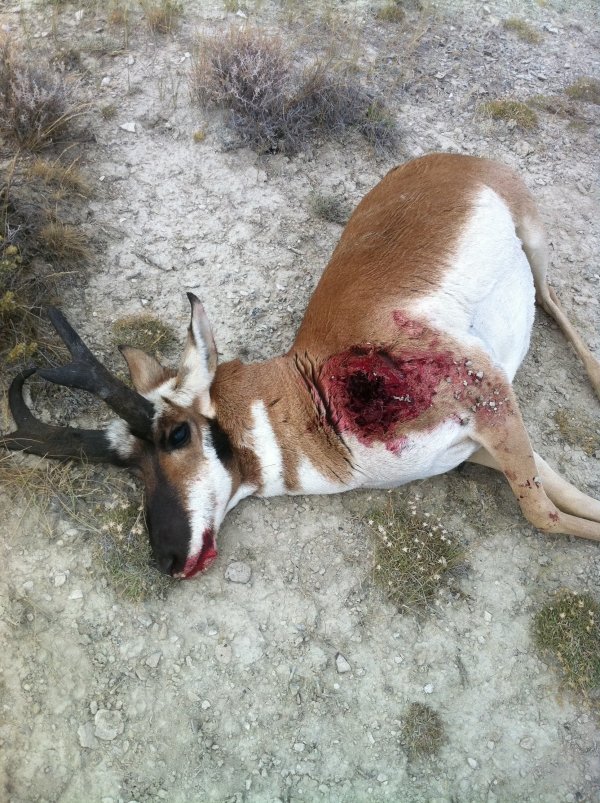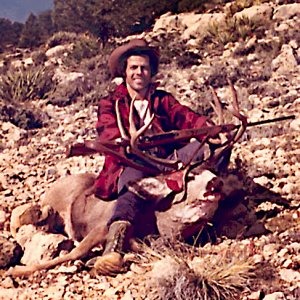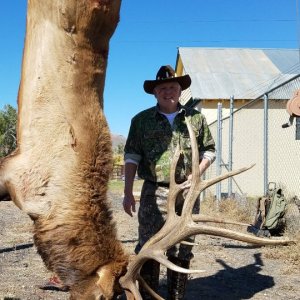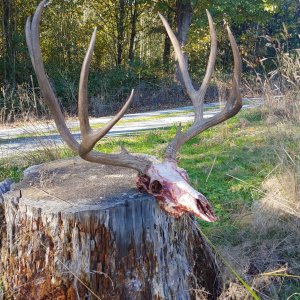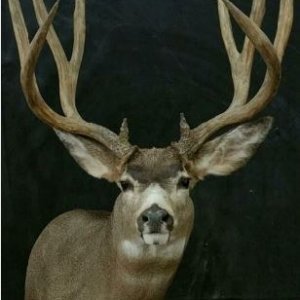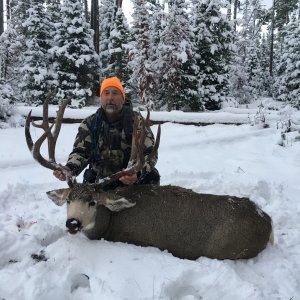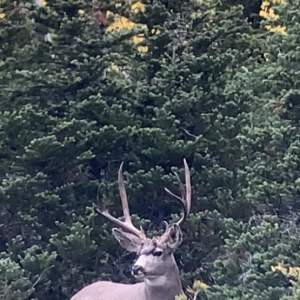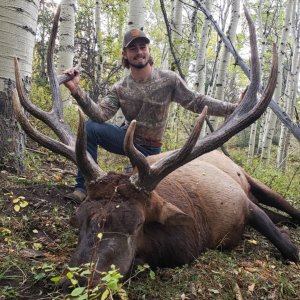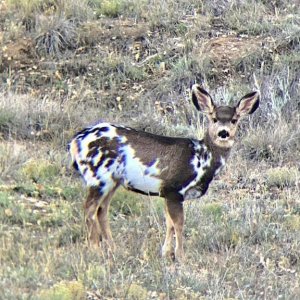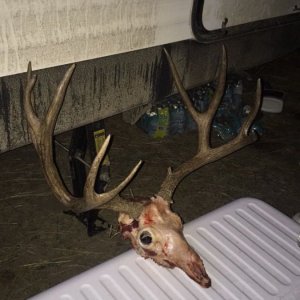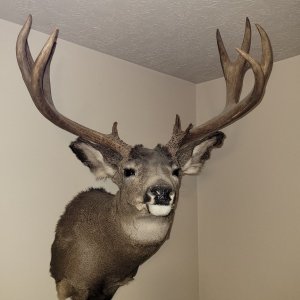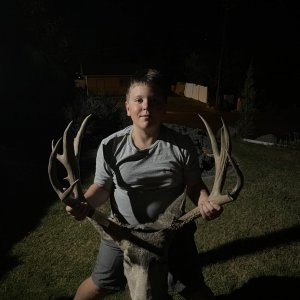LAST EDITED ON Aug-11-12 AT 06:53AM (MST)[p]Guys---I am not saying that speed is everything like Roy was probably trying to advocate way back when I was in school. I've always said that it's a combination of the correct bullet for the caliber and the speed that it's designed for to get maximum expansion/penetration for the animal you're shooting at. As mentioned above, the big calibers shooting heavy bullets are designed specifically for big, tough, dangerous game where you want an immediate major effect on the animal, rather than waiting a few seconds or having a tracking job that could turn into the hunter being the hunted. That immediate effect is a huge shock to the CNS with the tremendous energy they impart, as mentioned above. If too big a caliber with too fast a bullet that won't expand is used on a small animal, it zips through like I mentioned earlier and the result many times will not be what you want compared to one that dumps all, or most of, it's energy in the body. I have never disagreed that a pass through is not a good thing, as long as the bullet has done it's job of expanding and dumping lots of energy before doing so. This appears to be a major difference of opinion between myself and mtmuley regarding using bonded bullets in big guns on small animals. They may do the job if you take a shoulder shot where they can impart much more damage, but the damage may be minimal if the shot is in between the ribs, passes through, and the bullet doesn't expand. I would bet money that is what happened when I read guys on hunting forums saying they lost their animal with a "perfect" shot through the lungs and such and such a bullet or caliber is no good because the animal isn't DRT. If the correct, properly expanding bullet in a caliber designed for the animal is placed in the heart/lung region, you should not have much, if any, of a tracking job. If the animal does go out of sight, normally a pass through will help in a faster recovery of the animal for obvious reasons.


